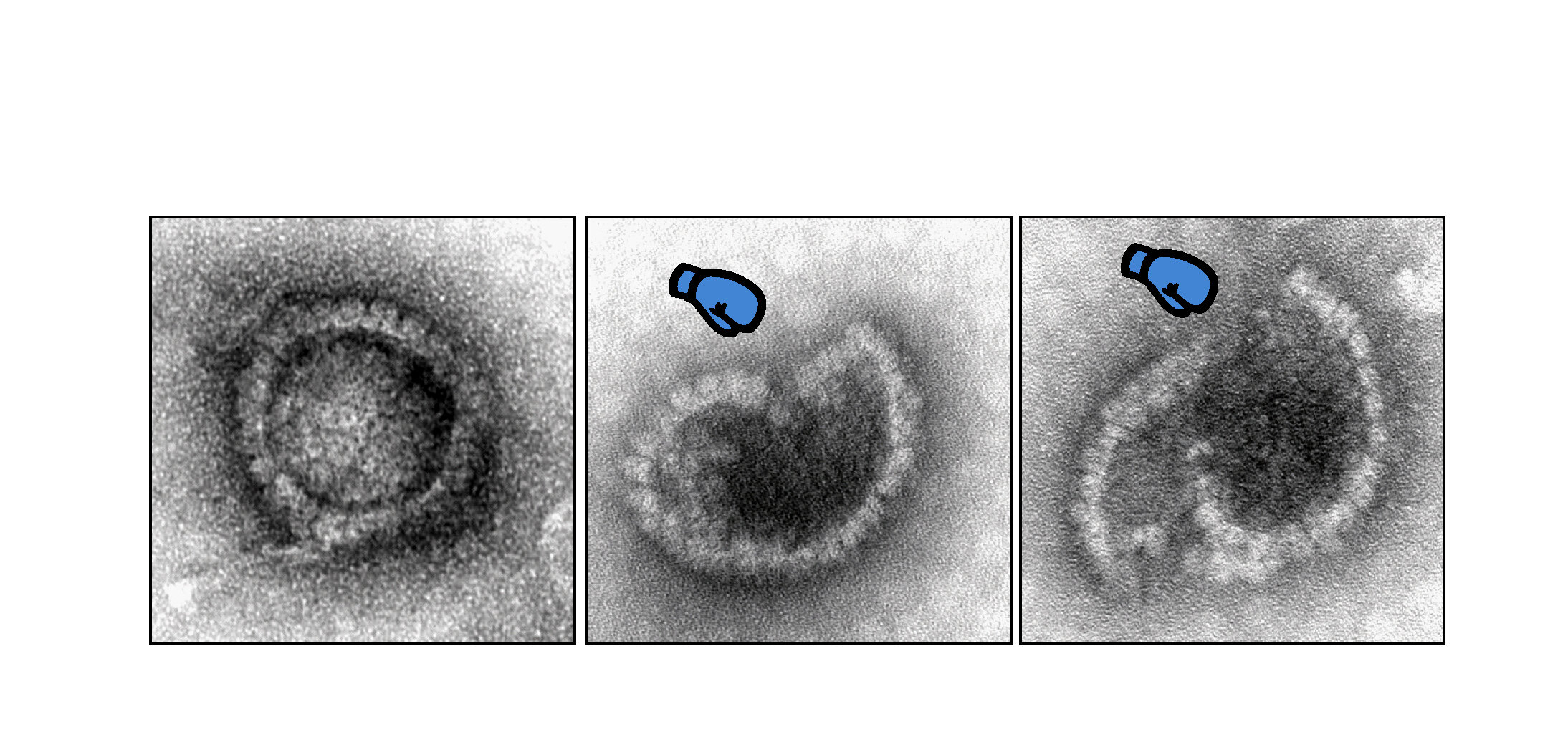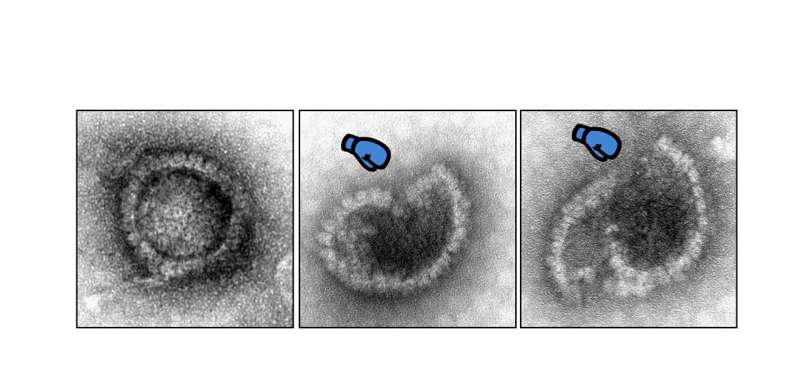

Most cells can defend themselves against viruses after they have been activated by the body’s own messenger substances (interferons). This happens with the help of proteins that recognize invading virus components and interfere with virus replication. One of these proteins is the myxovirus resistance protein B (MxB). It can inhibit many viruses, for example HIV and herpes viruses. But until now it was not clear how it does this.
Now a team led by Dr. Manutea Serrero and Professor Dr. Beate Sodeik from the Institute of Virology at Hannover Medical School (MHH) has researched new findings on the interactions between MxB and herpes viruses as part of a project of the Cluster of Excellence RESIST and published them in the journal eLife. This interdisciplinary team includes researchers from the TU Munich, the University Hospital Freiburg, Princeton University (U.S.) and the University of Oxford (U.K.). With this work, the team is on the way to finding new active substances to use against herpes viruses.
MxB can destroy the protection of the viruses
“Using biochemical experiments, we were able to show for the first time that MxB has the amazing ability to attack and disassemble the highly stable protective capsids of herpes viruses. The capsids enclose the genome of the viruses and thus protect it from the cell’s own defense,” says Professor Sodeik. The work was done with herpes simplex viruses, which trigger lip and genital herpes, among other things, and with varicella zoster viruses, which cause chickenpox and shingles. In further studies, the effect of MxB on the capsids of other herpes viruses is now being investigated, for example on the cytomegalovirus and the Epstein-Barr virus.
So far the team has been working with cell-free methods and with protein mixtures that are formed after the cell membranes are dissolved and that contain active or mutated, inactive MxB proteins. “Now we are investigating whether MxB can also dissect the capsids in intact, infected cells and in which cell types this mechanism is activated by the interferons,” explains Professor Sodeik.
To this end, the team is developing methods to produce virus particles in which both the capsids and the viral genomes are labeled. MxB-containing cells are then infected with these viruses and investigated at which stages in the infection cycle the cell protein MxB attacks the labeled capsids and whether the labeled genomes are released from the disassembled capsids. “A better molecular understanding of this interferon-induced defense mechanism against herpes viruses can perhaps be used to develop new treatments against herpes viruses that attack capsids,” says the researcher.
Herpes virus to be weaponized to fight cancer
Manutea C Serrero et al, The interferon-inducible GTPase MxB promotes capsid disassembly and genome release of herpesviruses, eLife (2022). DOI: 10.7554/eLife.76804
eLife
Provided by
Medizinische Hochschule Hannover
Citation:
A step on the way to better therapies against viruses (2022, July 1)
retrieved 1 July 2022
from https://phys.org/news/2022-07-therapies-viruses.html
This document is subject to copyright. Apart from any fair dealing for the purpose of private study or research, no
part may be reproduced without the written permission. The content is provided for information purposes only.